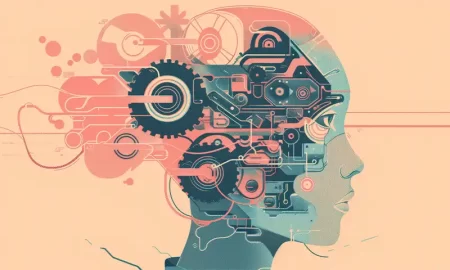Best Financial Literacy Resources for Teenagers and Young Adults
In this modern world which is characterized by extreme velocity, financial capability has become an essential virtue that can propel young people to success. That, however, enables one to effectively control and manage finances can be intimidating especially for teenagers and young adults. The good news is that there is a plethora of resources that are designed to ensure the learning of financial concepts is interactive, understandable and even enjoyable. To begin with, let us explore the most effective financial literacy resources geared towards teenagers and young adults in order to lay a proper financial foundation for such individuals in the years to come.
1. Khan Academy’s Personal Finance All-Course
Khan Academy is well-known for its educational content, and this is also true for the content found in the personal finance courses. These free courses provide extensive coverage on many aspects of management such as budgeting, saving, investment, and debt making it easy to grasp difficult financial terms. After which, teens can take up the basics before switching to advanced levels at their own speed.
2. The Mint – Northwestern Mutual
Focusing specifically towards the youth, The Mint is a highly resourceful website that has a plethora of articles, tools, and interactive sections on very fundamental subjects like learning to budget and save. And also offers sound advice on how to set financial targets, monitor one’s expenditures and make wise choices. For adolescents, it is an excellent entry position to grasp the fundamental concepts of managing finances.
3. Investopedia’s Basic Financial Literacy Course
Besides, it is worth noting that Investopedia is a reputable source for any topic related to financial education. Hence, they have Financial Literacy for Beginners section to help every one on topics such as credit scores, interest rates, basic investment and others. This resource is ideal for young adults who want to get serious about their finances.
4. NGPF: Next Gen Personal Finance
NGPF focuses on the interactive activities and games for that aid in active financial literacy. The materials go beyond covering the money management skills of the youth and addressing aspects such as how to fill tax returns or even how to save for retirement in a more fun and effective way.
5. Practical Money Skills by Visa
In an initiative known as Practical Money Skills, Visa has prepared lesson plans, games, and other materials that directly address the issue of financial literacy for teenagers. In addition, although there are adult learners, this resource provides an elaborative introduction on managing money, budgeting, and setting financial objectives.
6. YouTube Channels Developed for Financial Literacy
YouTube has several channels with a focus on financial literacy targeted at the young audiences. The Financial Diet and Graham Stephan, for example, create videos that simplify complex finance-related issues. Typically, these channels present this information in a relaxed manner for people who like to learn through images, in relation to topics such as money management and investment.
7. Books on Financial Literacy for Teens
Titles such as “I Will Teach You to Be Rich” by Ramit Sethi and “The Teen’s Guide to Personal Finance” by Joshua Holmberg offer a detailed treatment of personal finance issues in a language that young readers can follow. These books touch on budgeting, saving, investing, and goal-setting, with straightforward advice that is very applicable.
8. Banking and Financial Apps for Teens
Unlike general purpose banking apps, Greenlight or Step are apps that are built more for teenagers to teach them how to budget and save but in a more hands-on way. These apps are usually equipped with educational content, monitoring features, and even prefilled debit cards for young users to begin money management in a controlled manner.
9. Financial Literacy Resources of the Federal Reserve
The Federal Reserve has developed a number of programs in order to instill financial knowledge to the children and teenagers. They serve students in understanding economic concepts, money and finance, and financial management practices through among others, activities, simulations, and lessons.
10. Financial Literacy Programs at Schools and Libraries
Many schools and public libraries provide financial literacy programs designed for teenagers and youth. These programs tend to feature guest speakers, workshops and even mentoring schemes creating an enriched practical – learning experience.
Conclusion
Beginning financial education lessons at an early age can assist young people make informed choices and help them avoid the often encountered financial mistakes and encourage them to save and secure their financial status in years to come. Looking in a range of resources including Kahn Academy assets and practicing booking apps, the youth are bound to acquire very important and useful knowledge and skills that will be useful for their lifetime. Take control of your financial destiny today!












